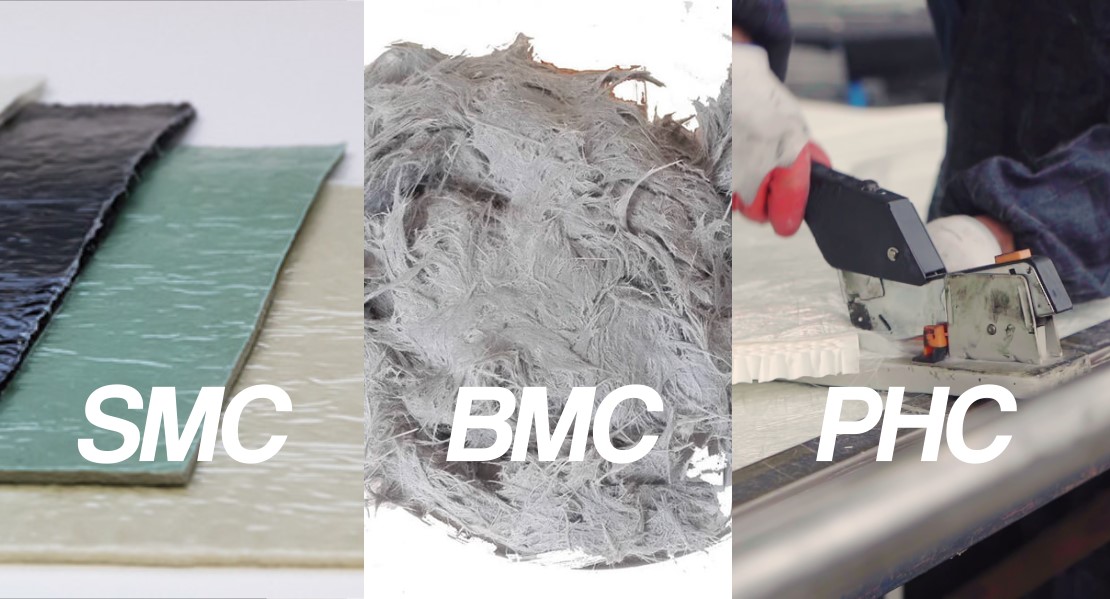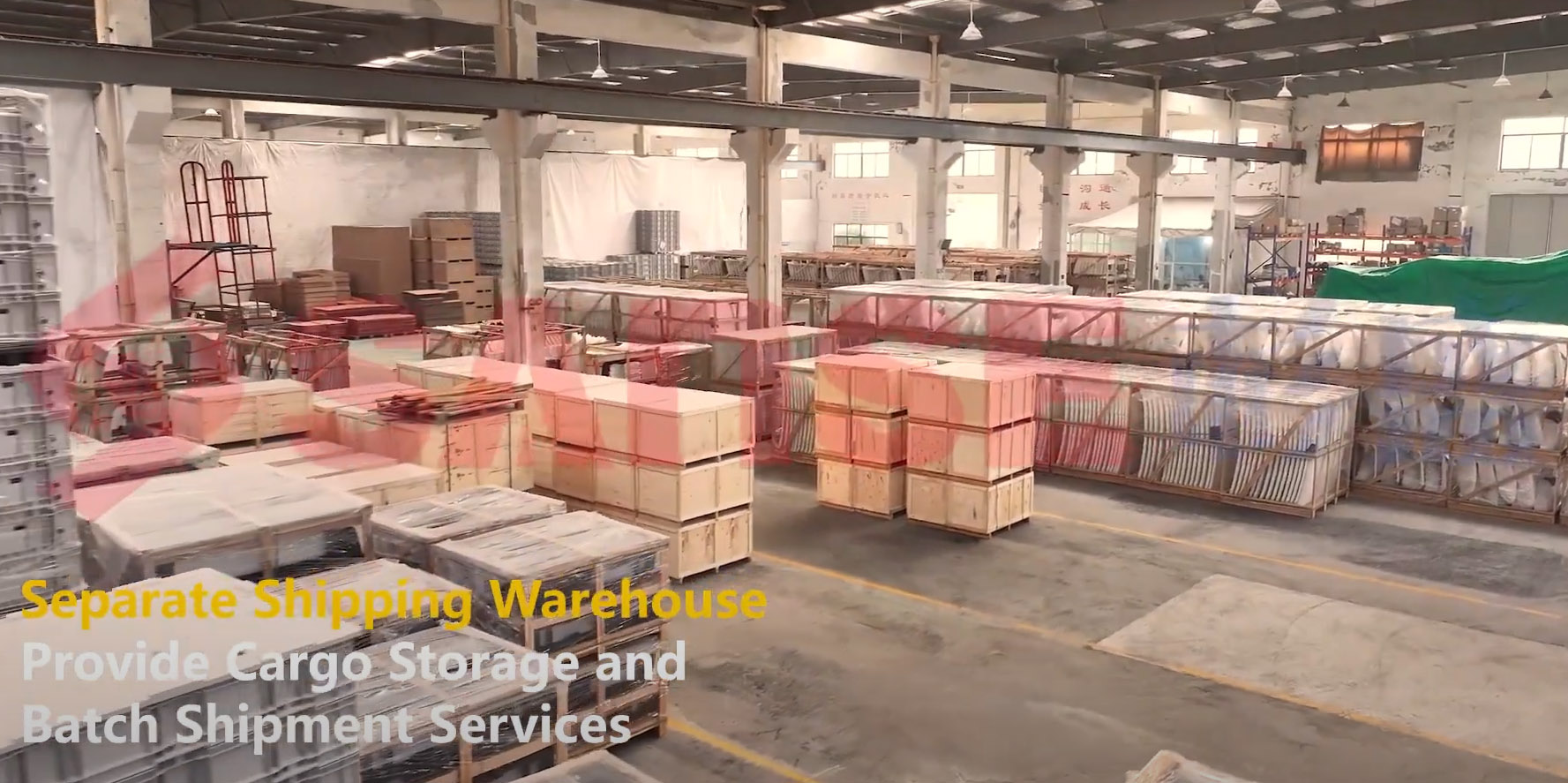Compression molding is a widely used manufacturing process that involves shaping a material by applying heat and pressure in a mold. This method is particularly effective for producing high-strength, lightweight components with complex geometries. One of the key factors influencing the success of the compression molding process is the cure time, which refers to the duration required for the material to undergo chemical reactions and solidify within the mold.
Understanding Cure Time in Compression Molding
The cure time in compression molding is the time it takes for the material to fully harden and achieve its desired mechanical properties. This is a crucial step because an inadequate cure can result in undercured parts, which may exhibit poor mechanical strength, surface defects, or incomplete cross-linking. Conversely, overcuring can lead to degradation of the material, brittleness, and dimensional inaccuracies. Therefore, accurately determining and controlling the cure time is essential for producing high-quality components.

Factors Influencing Cure Time
Several factors influence the cure time in compression molding, including:
- Material Composition: The type of material used, whether it is a thermoset or a composite, significantly impacts the cure time. For example, SMC (Sheet Molding Compound) and BMC (Bulk Molding Compound) materials require different curing profiles due to their unique compositions.
- Mold Temperature: The temperature of the compression mold plays a vital role in determining the cure time. Higher mold temperatures typically accelerate the curing process, while lower temperatures may extend the cure time.
- Part Thickness: The thickness of the part being molded also affects the cure time. Thicker parts require longer curing times to ensure uniform curing throughout its volume.
- Pressure Application: The pressure applied during the compression molding process influences the flow of the material and the cure time.
- Type of Tooling: The design of the compression tooling, including factors like venting and the presence of inserts, can affect the cure time.

Optimizing Cure Time in Compression Molding
To achieve the desired properties of the final product, manufacturers must carefully optimize the cure time. The process begins with selecting the appropriate material for the application, such as SMC, BMC, or other composite molds. Each material type has its specific curing characteristics, which must be matched with the correct mold temperature and pressure settings.
For example, SMC molds typically require high mold temperatures and pressure to ensure complete curing. On the other hand, BMC molds may have different temperature and pressure requirements due to their distinct resin compositions and filler content.
Compression tooling also plays a crucial role in optimizing cure time. High-quality tooling ensures uniform pressure distribution and efficient heat transfer, both of which are essential for consistent curing across the entire part. Compression mold designs that incorporate features like temperature sensors and automated controls can further refine the curing process.
The Role of Cure Time in Different Molding Processes
While the concept of cure time is common across various molding processes, it is particularly critical in compression molding due to the use of thermosetting materials. In contrast, injection molding, which often uses thermoplastics, involves cooling rather than curing, as the material solidifies upon cooling. The difference between compression mold and injection mold processes underscores the importance of cure time in applications where thermosetting materials, like those used in SMC molds, are required.
Composite molds, which include both SMC and BMC molds, are frequently used in industries such as automotive, aerospace, and construction due to their superior strength-to-weight ratio. In these applications, the precision of cure time directly impacts the performance and reliability of the final product.

Conclusion
Cure time is a fundamental aspect of the compression molding process that requires careful consideration and optimization. Factors such as material composition, mold temperature, part thickness, pressure, and tooling design all contribute to the determination of the appropriate cure time. By understanding and controlling these variables, manufacturers can produce high-quality components with the desired mechanical properties, whether using SMC molds, BMC molds, or other types of composite molds. As technology advances, the continued refinement of cure time in compression molding will play a vital role in the development of innovative and reliable products across various industries.
